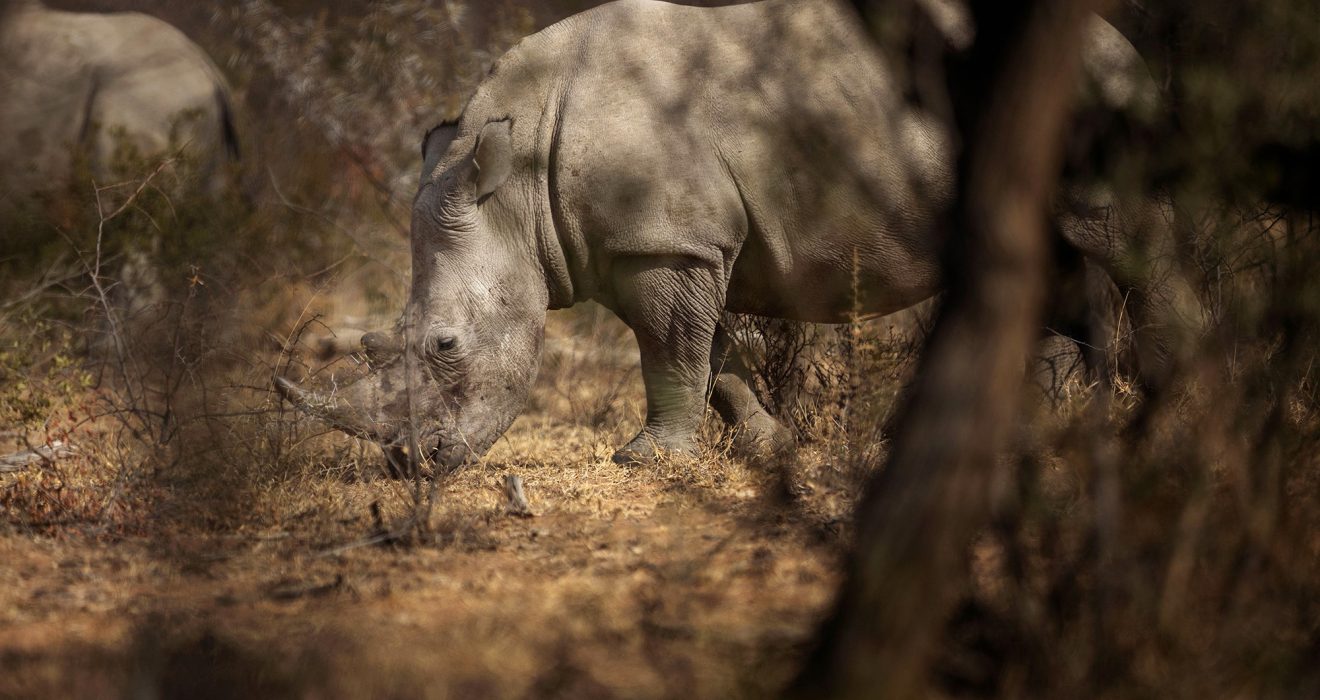Peace Parks Foundation, in collaboration with the Mozambique and South African governments, has In a groundbreaking achievement for wildlife conservation, Peace Parks Foundation, in collaboration with the Mozambique and South African governments, proudly unveils a triumph six years in the making—the birth of the first female white rhino at Zinave National Park in Mozambique. This momentous occasion marks the culmination of relentless efforts to relocate endangered white rhinos from South Africa to Zinave National Park, signaling a significant step in repopulating a species on the brink of decline.
The journey has been fraught with challenges, from navigating logistical intricacies to confronting the grim reality of rhino poaching. Against the backdrop of a stark decline of over 60% in wild rhino populations across Africa since the 1970s, this initiative stands as a beacon of hope. The struggle against contributing factors such as droughts, habitat loss, and relentless poaching intensifies the urgency of conservation efforts. As the foundation’s commitment remains unwavering, the successful relocation of 19 white rhinos is not merely a statistic but a testament to the collective dedication to preserving the diversity of Africa’s wildlife and ensuring a future where these majestic creatures can thrive in the protected haven of Zinave National Park.
Historical Context
The initiative comes at a critical time as the population of wild rhinos across Africa has plummeted by more than 60% since the 1970s. This decline is attributed to various factors, including droughts, habitat loss, and, significantly, rampant poaching. Rhinos, hunted for their valuable horns, face constant threats, and urgent conservation measures are imperative.
Rhino Translocation Program
The rhino translocation program, initiated by the Peace Parks Foundation six years ago, emerges as a masterful orchestration of conservation efforts, orchestrating the delicate relocation of 19 white rhinos from the plains of South Africa to the promising sanctuary of Zinave National Park. This undertaking is not merely a logistical challenge; it is a profound commitment to the survival and flourishing of a species on the brink of peril.
Executing such a complex process demands meticulous planning, a task the foundation has embraced with unwavering dedication. The intricate choreography involves a fusion of ecological expertise, veterinary science, and security measures. Project manager Marius Fuls, a key conductor in this symphony of conservation, underscores the gravity of the mission. He emphasizes the imperative need for armed convoys, creating a protective shield around the majestic rhinos during their journey. This precaution is not without reason, as the specter of poaching looms large, with South Africa witnessing a staggering 400 rhinos falling victim to this menace in 2021 alone.
In this high-stakes performance, where every note resonates with the pulse of survival, the rhino translocation program stands as a testament to human determination to safeguard the planet’s biodiversity. It is a harmonious collaboration between technology, expertise, and sheer willpower, echoing through the savannas as a beacon of hope for the endangered white rhino population.
Rhino Species in Africa
Africa is home to two rhino species: the white rhino, classified as near threatened, and the black rhino, considered critically endangered. The Peace Parks Foundation is not only focused on white rhino conservation but is also actively working on plans to relocate black rhinos to Zinave National Park. The urgency is evident as black rhino populations have dwindled by over 97% since the 1960s, according to the African Wildlife Foundation.
Wider Conservation Efforts
The species relocation program spearheaded by the Peace Parks Foundation extends beyond rhinos, encompassing a total of 14 different animal species. Zinave National Park in Mozambique, once ravaged by the 1977 civil war that lasted 15 years, has become a sanctuary for diverse wildlife. The foundation’s efforts have successfully relocated 2,400 animals to the park, contributing to the restoration of its ecological balance.
Historical Significance of Zinave National Park
Zinave National Park holds historical significance as the first national park in Mozambique to host “the big five” following the introduction of white rhinos. The park, once teeming with a variety of wildlife, saw a devastating loss during the civil war. Now, with the addition of white rhinos, visitors have the opportunity to witness lions, leopards, elephants, buffalos, and rhinos in their natural habitat, enhancing the park’s appeal as a conservation success story.
Conclusion
The relocation of white rhinos to Zinave National Park stands as a testament to the collaborative efforts of Peace Parks Foundation and the governments of Mozambique and South Africa. In the face of unprecedented challenges such as poaching and habitat loss, this initiative offers hope for the conservation of not only white rhinos but also other endangered species. As Zinave National Park becomes a thriving ecosystem once again, it symbolizes the resilience of nature and the commitment of conservationists to protect and preserve Africa’s rich biodiversity.

